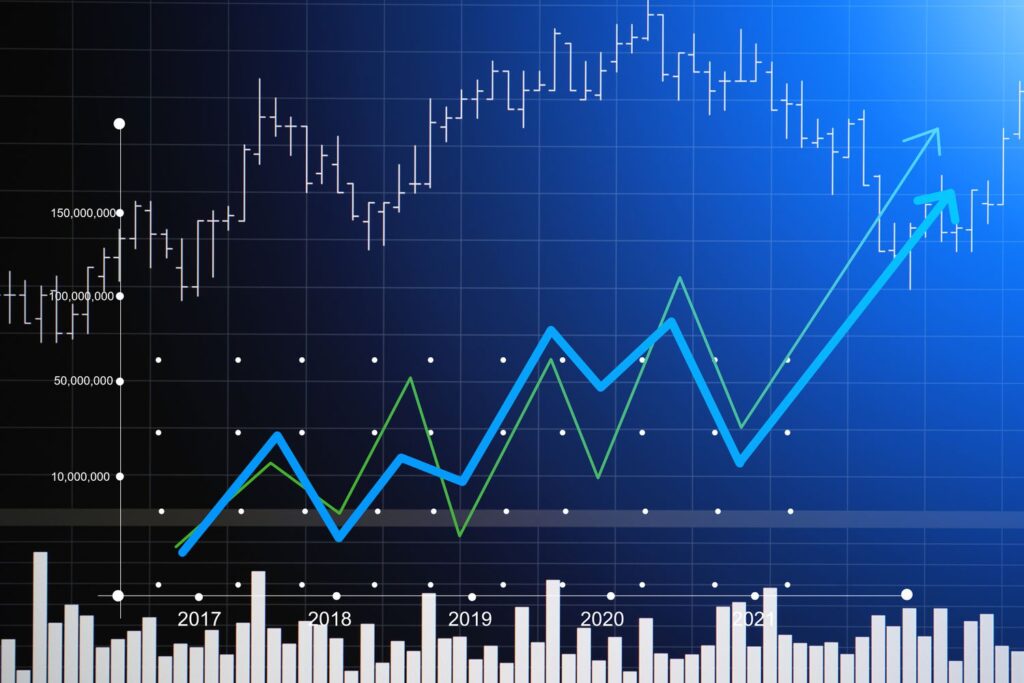SBI-US
Business & Finance

Value vs growth stocks: understanding the differences and making the right choices

Investing in stocks is a common way to build wealth and secure their financial future. In Dubai, investors can access two main stock types: value stocks and growth stocks. Understanding the differences between these two classes of investments can be essential when deciding how to invest your money. This article will discuss the critical distinctions between value and growth stocks, looking at fundamental factors that could shape your decision on which type of stock to purchase.
Share price
One of the significant distinctions between value and growth stocks is their share price. Value stocks typically trade lower than growth stocks, with some shares reaching prices as low as 1 Dirham or less. This relatively low share price makes them highly attractive to risk-averse investors looking for an opportunity to make a modest return on their investment.
On the other hand, growth stocks tend to command higher prices and can reach hundreds or even thousands of dollars per share. These types of stock target more aggressive investors looking for long-term capital gains rather than short-term profits.
Dividends
Another difference between value and growth stocks and shares lies in their dividend payments. Value stocks typically offer higher dividends than growth stocks, as the company will distribute surplus profits back to its shareholders in cash or stock. It makes value stocks particularly attractive for investors looking for an income stream from their investments.
On the other hand, growth stocks tend to reinvest any surplus profits to fund further expansion and development, meaning that dividends are often much lower than those offered by value stocks.
Risk
The risk associated with different types of stock is another factor that investors must consider when deciding which type to purchase. Value stocks tend to have a lower risk profile than growth stocks because their share prices are typically lower and more stable. It makes them an attractive option for those seeking a low-risk investment.
Growth stocks, however, often involve higher levels of risk as their share prices can be volatile and unpredictable. As such, they should only be considered by investors with a higher risk tolerance or capacity to absorb losses if the stock price falls.
Timeframe
The timeframe is another aspect that differentiates value and growth stocks. Value stocks tend to have shorter timeframes than growth stocks due to their relatively lower share prices and limited potential for capital appreciation. As such, these types of investments are usually held for less than a year before being sold off.
On the other hand, growth stocks are often held for a more extended period as the profits they offer tend to be more significant and realised over a more extended period. Furthermore, holding onto growth stocks for longer periods can reduce the risk of losses due to share price volatility.
How to determine the best time to trade each stock
When deciding the best time to buy or sell value and growth stocks, several factors must be considered. By following a few simple steps, investors can better understand the market and decide which stock to purchase.
Research
The first step when deciding which type of stock to invest in is to conduct research. It includes researching the company and its industry and understanding the current market movements and any potential risks associated with investments. It is also essential to ensure the company has a history of consistent profits before investing.
Investigate
The second step is to investigate the past performance of value and growth stocks. By looking at historical data, investors can better understand which type of stock has performed better in different market conditions. It will give them an idea of which type of stock may offer greater potential rewards or lower risks, depending on their goals and objectives.
Timing
Investors must consider the timing of their investments when deciding whether to purchase value or growth stocks. Depending on the current market conditions, one type of stock may offer better returns or lower risks at particular times than another. Investors need to stay informed about the market and monitor both types of stocks to identify the best time to buy or sell.